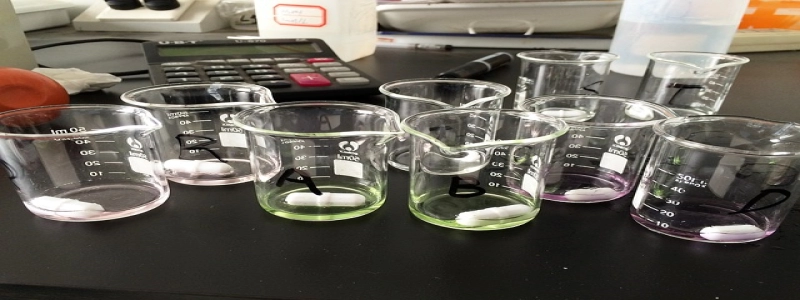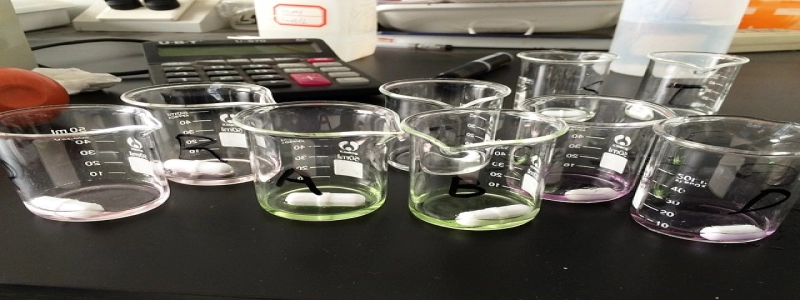DeviceNet to Ethernet
1. Introduction
1.1 What is DeviceNet?
DeviceNet is a popular industrial networking protocol used in manufacturing and process automation. It allows communication between devices such as sensors, actuators, robots, and controllers in a plant or factory.
1.2 What is Ethernet?
Ethernet is a widely adopted networking standard used in both industrial and commercial environments. It provides reliable and high-speed communication over a local area network (LAN).
1.3 DeviceNet to Ethernet
DeviceNet to Ethernet conversion refers to the process of integrating DeviceNet devices into an Ethernet network. This allows for seamless communication between DeviceNet devices and other Ethernet-based devices.
2. Why DeviceNet to Ethernet conversion?
2.1 Integration with other systems
By converting DeviceNet to Ethernet, DeviceNet devices can communicate with devices on the Ethernet network, including PLCs, HMIs, and other industrial control systems. This enables integration with other systems, improving overall efficiency and productivity.
2.2 Remote monitoring and control
Ethernet networks often support remote monitoring and control capabilities, allowing operators or engineers to monitor and control DeviceNet devices from a central location. This can greatly simplify troubleshooting and maintenance tasks.
2.3 Scalability and flexibility
Ethernet networks are highly scalable and offer flexible topologies. By converting DeviceNet to Ethernet, companies can easily expand and modify their network as their needs evolve. This provides a future-proof solution that can adapt to changing requirements.
3. How DeviceNet to Ethernet conversion works
3.1 Hardware interface
The conversion typically involves using a gateway device that acts as a bridge between the DeviceNet and Ethernet networks. The gateway device provides the necessary hardware interface to connect both types of devices.
3.2 Protocol translation
The gateway device converts the DeviceNet protocol to Ethernet-compatible protocols, such as TCP/IP or Modbus TCP. This allows communication between the DeviceNet devices and the Ethernet network.
3.3 Configuration and setup
The gateway device may require configuration and setup to establish the necessary connections and mappings between the DeviceNet and Ethernet devices. This can be done through a user-friendly interface or software provided by the gateway manufacturer.
4. Benefits of DeviceNet to Ethernet conversion
4.1 Improved communication capabilities
DeviceNet to Ethernet conversion provides access to advanced communication features offered by Ethernet networks, such as multicast communication, quality of service (QoS), and higher bandwidth. This can enhance overall system performance.
4.2 Simplified maintenance and troubleshooting
Integration with an Ethernet network allows for remote monitoring and control of DeviceNet devices, reducing the need for physical access to devices for troubleshooting or maintenance. This can save time and minimize disruptions to production.
4.3 Future-proof solution
Converting to Ethernet ensures compatibility with current and future technology trends. Ethernet networks are widely used and supported, making it easier to find compatible devices and resources for maintenance and upgrades.
5. Conclusion
DeviceNet to Ethernet conversion offers numerous benefits, including improved integration, remote monitoring, scalability, and flexibility. By leveraging the power of Ethernet, companies can enhance their automation systems, increase efficiency, and stay competitive in today’s rapidly evolving industrial landscape.








